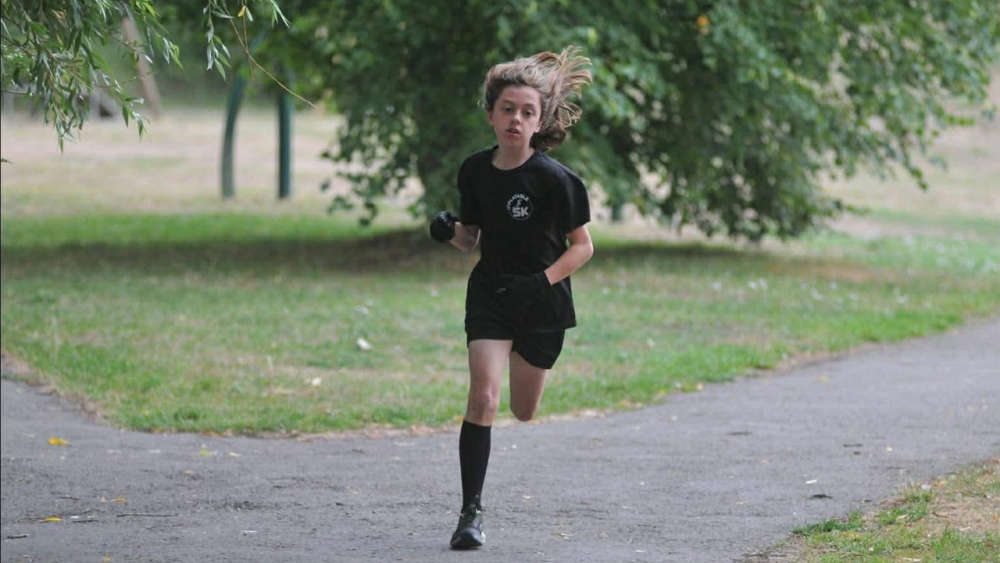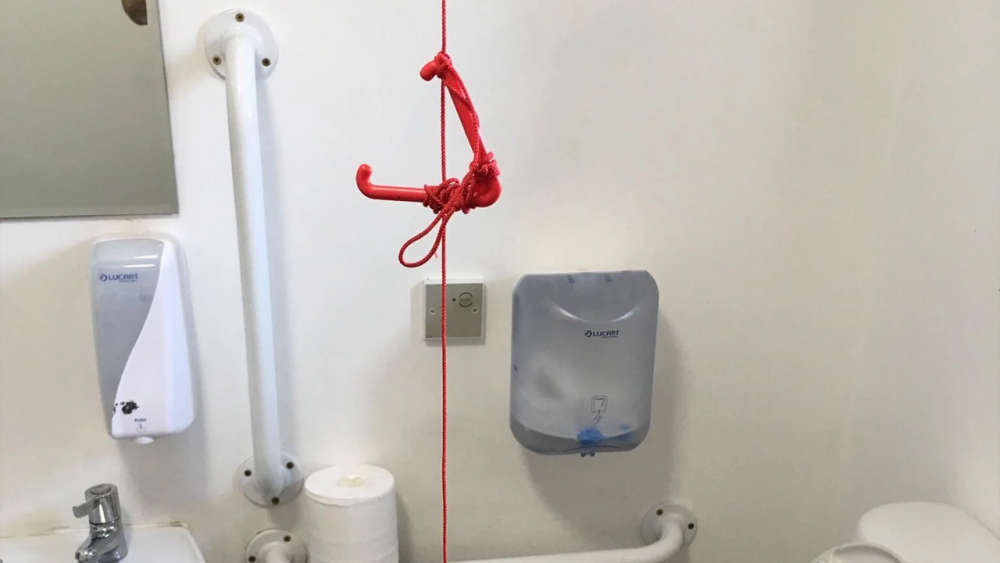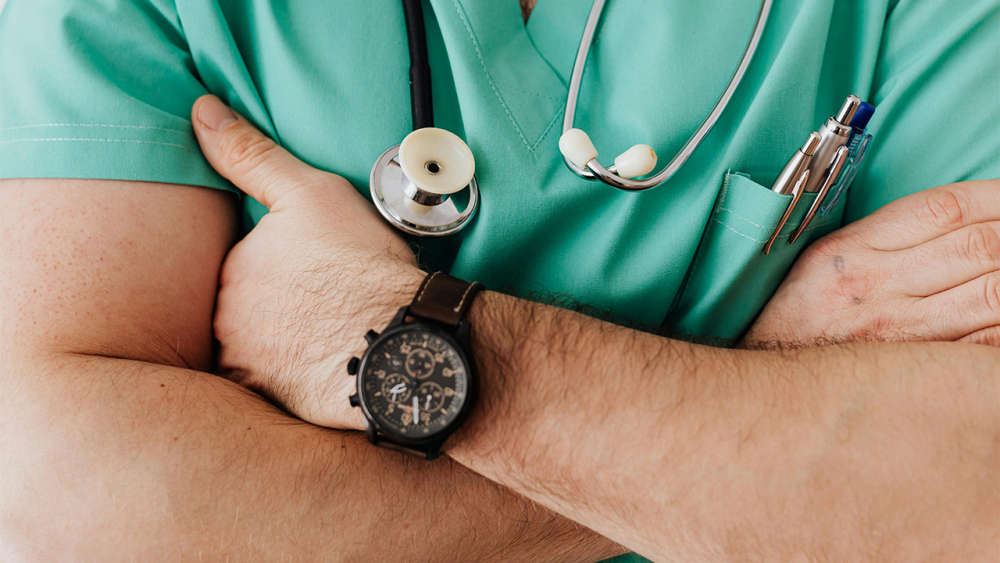Dstl is exploring the potential for autonomous robotic solutions to detect life-threatening chemical, biological and radiological (CBR) hazards.
The current wide-area capability is based on specially adapted armoured Fuchs vehicles. For a number of years, Dstl has been researching the potential of using autonomy and unmanned systems to survey areas for CBR materials.
Dstl says this new investment will help develop a concept demonstrator to be used in wide-area experimental trials.
Dstl Project Lead, Ian Napier, said: “There is an understandable desire to remove the need for people to enter into hazardous areas, even if they are inside a protected vehicle. Recent developments in autonomous ground and air vehicles offer up some exciting opportunities to develop autonomy for CBR work.
“However, before making such a step-change in our approach, we need to fully understand the variety of potential CBR scenarios and the tasks that may need to be undertaken by autonomous systems.”
Dstl has already received great support and engagement from those within the military CBRN community, and say the project is now keen to expand out beyond MOD and see what industry can bring.
Dstl has contracted HORIBA MIRA Ltd to adapt a VIKING 6x6 uncrewed ground vehicle (UGV) and integrate a suite of chemical and radiological sensors supplied by Dstl.
Last year Dstl purchased 3 all-terrain VIKING 6x6 uncrewed ground vehicles, supplied by HORIBA MIRA, which are capable of carrying payloads of up to 750kg and using advanced AI-based autonomy with GPS-denied navigation.
This new contract will now also fund the development of autonomy algorithms to allow the CBR sensor outputs to help drive the behaviour of the UGV, to detect and map areas of chemical or radiological hazards.
Dstl’s Technical Lead for the CBR Trials and Experimentation work package, Andy Martin, said: “This is a great opportunity for us to get a better understanding of the possible strengths and weaknesses of autonomous systems for CBR Recce and Survey.
“They appear well suited for dull and dangerous tasks. But can they fully replace manned systems, or are there some tasks where people are still required to be present?” He questioned.
“The purpose of these trials is not to develop a prototype new system, it is to gather the evidence we need to determine what operational concepts are likely to be successful,” added Martin.
Andy Maloney, Chief Engineer for Defence and Unmanned Solutions at HORIBA MIRA, commented: “We are delighted to be working again with Dstl, MOD stakeholders and front line users in this important area.
“The project enables us to build upon our previous autonomous hazardous area survey work with small robots and leverage the capability of our much larger VIKING UGVs and their leading AI-based autonomy.”

 Song for Christmas Champions 2025 Crowned
Song for Christmas Champions 2025 Crowned
 Young Gallery launches contemporary art exhibition showing works by Group 7
Young Gallery launches contemporary art exhibition showing works by Group 7
 Candlelight concert by David Owen Norris comes to Salisbury Cathedral this January
Candlelight concert by David Owen Norris comes to Salisbury Cathedral this January
 12-Year-Old Salisbury Boy Reaches 250th parkrun Milestone
12-Year-Old Salisbury Boy Reaches 250th parkrun Milestone
 DIGS Launch 'Red Cord Campaign'
DIGS Launch 'Red Cord Campaign'
 St Thomas's Donate Thousands to Local Charities Raised by Christmas Tree Festival
St Thomas's Donate Thousands to Local Charities Raised by Christmas Tree Festival
 Our Local GPs have some of the Fastest Response Rates in the Country
Our Local GPs have some of the Fastest Response Rates in the Country
 Panto stars bring festive joy to patients at Salisbury Hospital
Panto stars bring festive joy to patients at Salisbury Hospital












